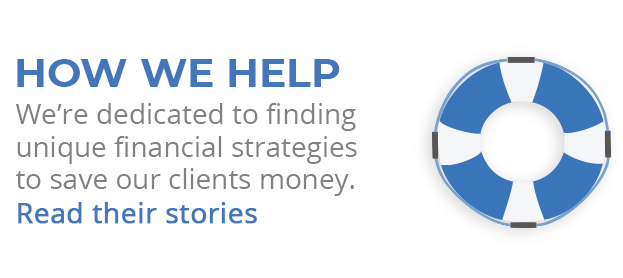
Who will retire with substantial debt? It seems many baby boomers will – too many. In a recent Employee Benefit Research Institute survey, 44% of boomers reported that they were concerned about the size of their household debt. While many are carrying mortgages, paying with plastic also exerts a drag on their finances. According to credit reporting agency Experian, baby boomers are the generation holding the most credit cards (an average of 2.66 per person) and the biggest average per-person credit card balance ($5,347).
Indebtedness plagues all generations – and that is why the distinction between good debt and bad debt should be recognized.
What distinguishes a good debt from a bad one? A good debt is purposeful – the borrower assumes it in pursuit of an important life or financial objective, such as homeownership or a college degree. A good debt also gives a borrower long-term potential to make money exceeding the money borrowed. Good debts commonly have both of these characteristics.
In contrast, bad debts are taken on for comparatively trivial reasons, and are usually arranged through credit cards that may charge the borrower double-digit interest (not a small factor in the $5,347 average credit card balance cited above).
Some people break it down further. Thomas Anderson – an executive director of wealth management at Morgan Stanley and the author of the best-selling The Value of Debt in Retirement – identifies three kinds of indebtedness. Oppressive debt is debt at 10% or greater interest, a payday loan being a classic example. Working debt comes with much less interest and may be tax-deductible (think mortgage payments), so it may be worth carrying.
Taking a page from corporate finance, Anderson also introduces the concept of enriching debt –strategic debt assumed with the certainty than it can be erased at any time. In the enriching debt model, an individual “captures the spread” – he or she borrows from an investment portfolio to pay off student loans, or pays little or nothing down on a home and invests the lump sum saved into equity investments whose rate of return may exceed the mortgage interest. This is not exactly a mainstream approach, but Anderson has argued that it is a wise one, telling the Washington Post that “the second you pay down your house, it’s a one-way liquidity trap, especially for retirees.”
Mortgage debt is the largest debt for most new retirees. According to the American College, the average new retiree carries $100,000 in home loan debt. That certainly amounts to good debt for most people.
Student loans usually amount to good debt, but not necessarily for the increasing numbers of retiring baby boomers who carry them. Education loans have become the second-largest debt for this demographic, and in some cases retirees are paying off loans taken out for their children or grandchildren.
Credit card and auto loan debt also factor into the picture. Some contend that an auto loan is actually a good debt because borrower has purchased a durable good, but the interest rates and minimal odds of appreciation for cars and trucks suggest otherwise.
Some households lack budgets. In others, the budget is reliant on everything is going well. Either case opens a door for the accumulation of bad debts.
The fifties are crucial years for debt management. The years from 50-59 may represent the peak earning years for an individual, yet they may also bring peak indebtedness with money going out for everything from mortgage payments to eldercare to child support. As many baby boomers will retire with debt, the reality is that their retirement income will need to be large enough to cover those obligations.
How much debt are you carrying today? Whether you want to retire debt-free or live with some debt after you sell your business or end your career, you need to maintain the financial capacity to address it and/or eradicate it. Speak with a financial professional about your options.

About the Independent Financial Advisor
Robert Pagliarini, PhD, CFP®, EA has helped clients across the United States manage, grow, and preserve their wealth for the past 25 years. His goal is to provide comprehensive financial, investment, and tax advice in a way that was honest and ethical. In addition, he is a CFP® Board Ambassador, one of only 50 in the country, and a real fiduciary. In his spare time, he writes personal finance books, finance articles for Forbes and develops email and video financial courses to help educate others. With decades of experience as a financial advisor, the media often calls on him for his expertise. Contact Robert today to learn more about his financial planning services.










